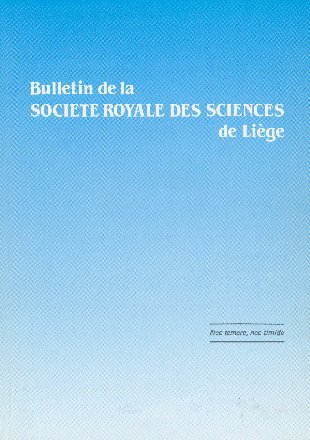- Portada
- Volume 93 - Année 2024
- No 2 - Proceeedings of the 3rd BINA Workshop on th...
- Recent Observations of Peculiar Gamma-Ray Bursts Using the 3.6-m Devasthal Optical Telescope (DOT)
Vista(s): 362 (8 ULiège)
Descargar(s): 36 (0 ULiège)
Recent Observations of Peculiar Gamma-Ray Bursts Using the 3.6-m Devasthal Optical Telescope (DOT)

Documento adjunto(s)
Version PDF originaleAbstract
India has been actively involved in the follow-up observations of optical afterglows of gamma-ray bursts (GRBs) for more than two decades, using the country’s meter-class facilities such as the 1.04m Sampurnanand Telescope, 1.3m Devasthal Fast Optical Telescope, 2.01 m Himalayan Chandra Telescope along with many others in the country, utilizing the longitudinal advantage of the place. However, since 2016, Indian astronomers have embarked on a new era of exploration by utilizing the country’s largest optical telescope, the 3.6-m Devasthal Optical Telescope (DOT) at the Devasthal Observatory of ARIES Nainital. This unique telescope has opened up exciting opportunities for transient study. Starting from the installation itself, the DOT has been actively performing the target of opportunity (ToO) observations, leading to many interesting discoveries. Notable achievements include the contributions towards the discovery of long GRB 211211A arising from a binary merger, the discovery of the most delayed optical flare from GRB 210204A along with the very faint optical afterglow (fainter than 25 mag in g-band) of GRB 200412B. We also successfully observed the optical counterpart of the very-high-energy (VHE) detected burst GRB 201015A using DOT. Additionally, DOT has been used for follow-up observations of dark and orphan afterglows, along with the observations of host galaxies associated with peculiar GRBs. More recently, DOT’s near-IR follow-up capabilities helped us to detect the first near-IR counterpart (GRB 230409B) using an Indian telescope. In this work, we summarise the recent discoveries and observations of GRBs using the 3.6-m DOT, highlighting the significant contributions in revealing the mysteries of these cosmic transients.






